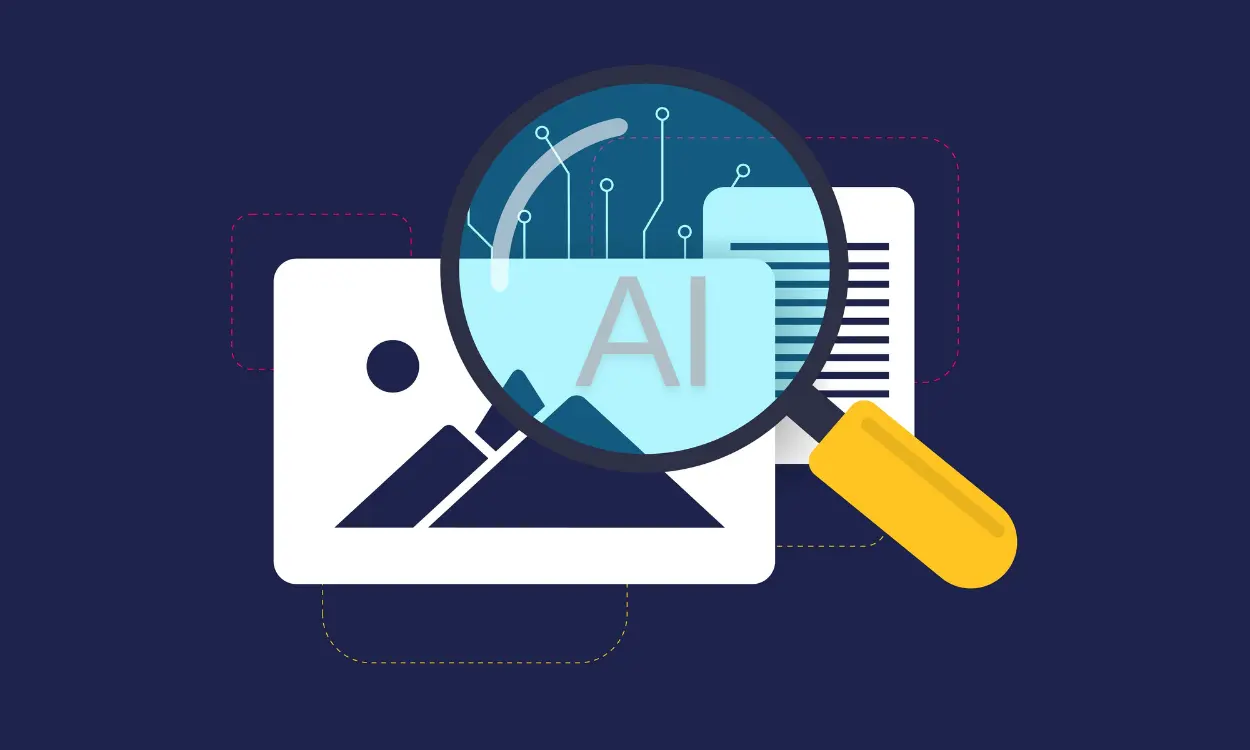Google DeepMind has open-sourced a groundbreaking technology for watermarking AI-generated text, a move aimed at enhancing the transparency and traceability of AI content. The technology, known as SynthID, can eventually be applied across various media modalities, including text, images, videos, and audio. For now, however, only the text watermarking capability is available, with an initial release targeted toward businesses and developers. Google’s goal is to foster the widespread adoption of SynthID to ensure that AI-generated text can be easily identified and verified, supporting content integrity on the Internet.
The launch was formally announced on X (formerly Twitter), where Google DeepMind highlighted the accessibility of SynthID for developers and enterprise users. This tool is part of Google’s Responsible Generative AI Toolkit, which has been updated to integrate this watermarking feature seamlessly. Additionally, developers can download SynthID from Google’s Hugging Face listing, expanding its reach and usability in AI and software development communities. By offering this tool for free, Google aims to set a new standard for responsible AI content generation and management.
The need for reliable detection of AI-generated text has become increasingly urgent. The digital landscape is experiencing an influx of AI-created content, blurring the lines between human-authored and algorithm-generated material. A recent study by Amazon Web Services’ AI lab underscored the scale of this challenge. It found that over half—57.1 percent—of sentences translated into multiple languages online could be linked to AI generation. Such trends raise concerns about misinformation, content authenticity, and the potential erosion of trust in online information.
By releasing SynthID as open-source software, Google DeepMind hopes to empower developers and organizations to address these challenges proactively. The watermarking technology provides an embedded signature within AI-generated text, allowing for seamless and reliable detection without compromising the quality or readability of the content. This step also reflects Google’s broader commitment to advancing responsible AI practices, encouraging collaboration across the tech industry to develop safer, more accountable generative AI systems.

















